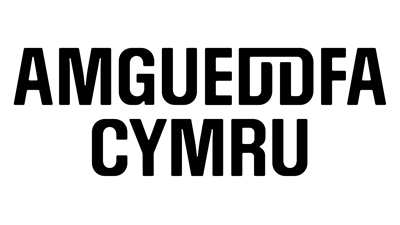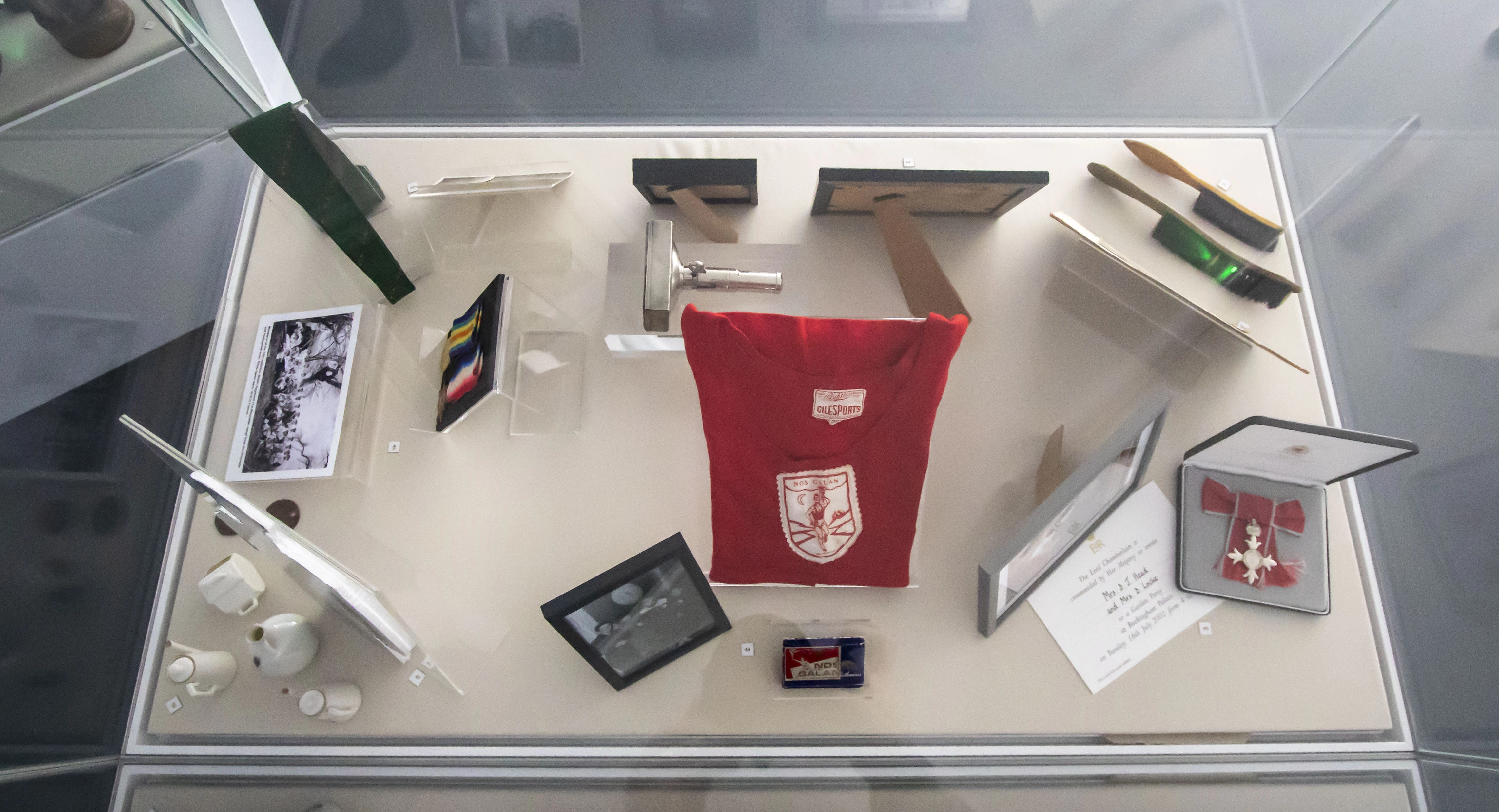Sinking the shafts for Penrhiwceiber colliery began in 1872 and the mine worked continuously until 1985 when it was finally closed on 31 December of that year. This was after the long and bitter dispute which led to a strike lasting a whole year from March 1984 until March 1985.
During the early 1900s people flocked to our mining valleys from places such as Cornwall where their industries were in decline, and agricultural areas like Abergavenny and Hereford. Irish immigrants came here also, searching for a more prosperous life when our coal industry was booming.
The name “Penrhiwceiber” has often led to confusion about its translation. Pen Rhiw is “top of the hill”. Ceiber comes from “ceibr” which is a wooden beam, rafter or joist. Our Cynon valley was then famous for its oak trees. The colliery was inaugurated as “Penrikyber” which was probably an English phonetic attempt to spell the proper Welsh name.
THOMAS, Howell, Penrikyber Colliery, 1985 © Howell Thomas
Photograph taken 20 November 1985 from No. 2 Pit headgear by Howell Thomas, Colliery Electrician
The group standing on No. 1 pithead gear all worked at the colliery.
Billy Thomas (above). L–R Tommy Corns, Danny Sheehan, Dennis Lynch, Ken Cadogan, Richard Riordan.
Penrhiwceiber Colliery closed on 31 December 1985.
This original photograph was taken, developed and printed by Howell Thomas of Perthcelyn.
It is one of only two in existence.
As part of our Valleys Re-Told project we visited Amgueddfa Cymru – Museum Wales in Cardiff. We were able to search the archives to find artworks from the National Collection that represented our community.
SALTON, William, Pit Pals © Unknown
Colliery Horses being selected for colliery work © Amgueddfa Cymru - Museum Wales








